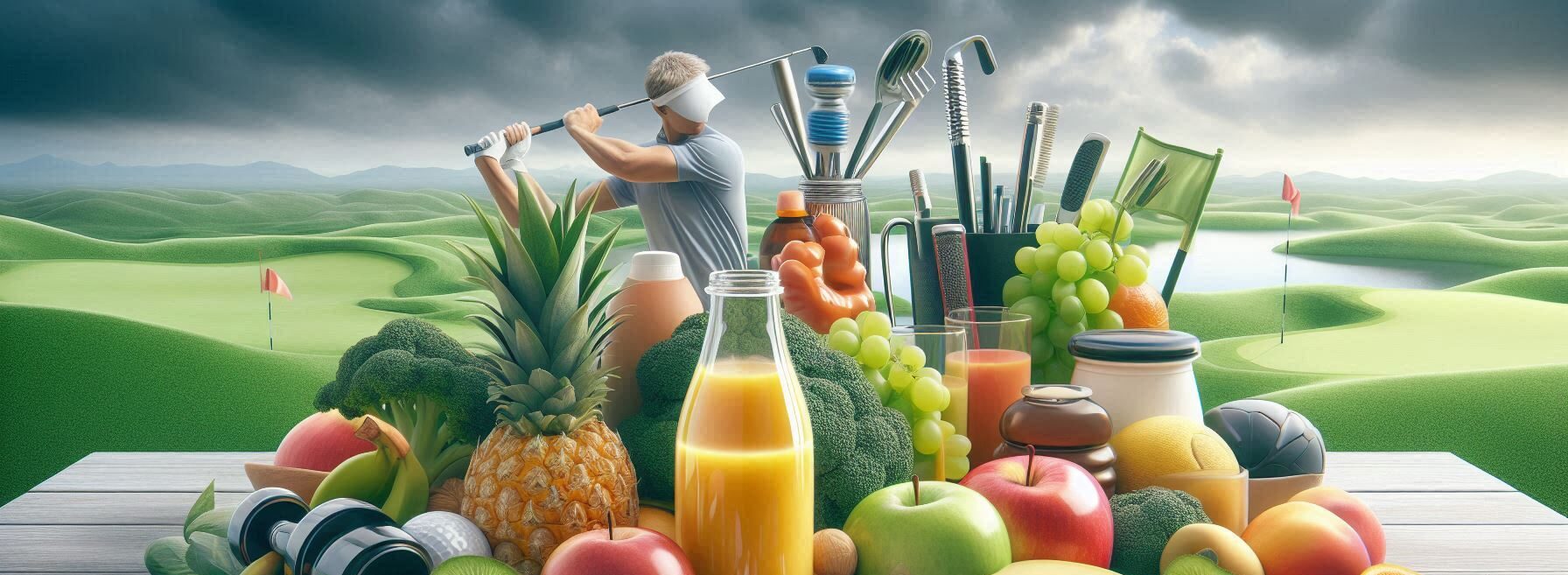Top Takeaways and Key Concepts
Please Note: This post may contain affiliate links. If you click one of them, we may receive a commission at no extra cost to you. As an Amazon Associate, I earn from qualifying purchases.
→ Learn the difference between a fade and a draw to expand your shot-making control.
→ Adjust your stance and grip to influence ball direction and flight path accuracy.
→ Focus on clubface angle at impact to create consistent shot shaping results.
→ Visualize each shot before swinging to improve precision and mental focus.
→ Practice regularly with alignment aids and feedback to build lasting muscle memory.
Summary of This Article
This article teaches golfers how to master fades and draws for greater control and creativity on the course. By adjusting grip, stance, and visualization, players can shape shots confidently around obstacles. Consistent practice turns this skill into a powerful tool, helping golfers play smarter, more adaptable, and more expressive golf.
Video Summary
Drawing a lovely picture is a much like playing golf. When you stand on the tee box, the only sound you can hear is birds chirping. Your friends are there, ready to see what you do next. Doesn't it make you feel good?
You take a deep breath and get your driver. That time is very important. You can almost see that perfect shot in your mind. But here's the exciting part: learning how to draw and fade can change everything! It's like adding cool colors to your art.
A fade? Imagine hitting the ball so that it gently bends to the right. This picture is helpful when you need to avoid trees or anything else that might get in your way. Picture this: you aim to the left, swing easily, and see the ball move away from trouble. Isn't it neat?
Then there is the pull. This one travels left for a bit, then it turns back to the right. It can also help you get farther away! This is the method you employ when you want to impress your buddies with a powerful shot that hits the target perfectly.
It takes practice to get these shots right, but just think of how good it will feel when you do! Just think of how your friends would cheer and remark, “Wow, did you see that?” Every round is a fresh adventure where you learn new ways to talk about yourself through golf.
So, the next time you're out there swinging, remember that it's not just about putting the ball in the hole; it's also about making art on the course! Keep practicing those fades and draws, and you'll be making fantastic art in no time!
Understanding the Basics: Fade vs. Draw
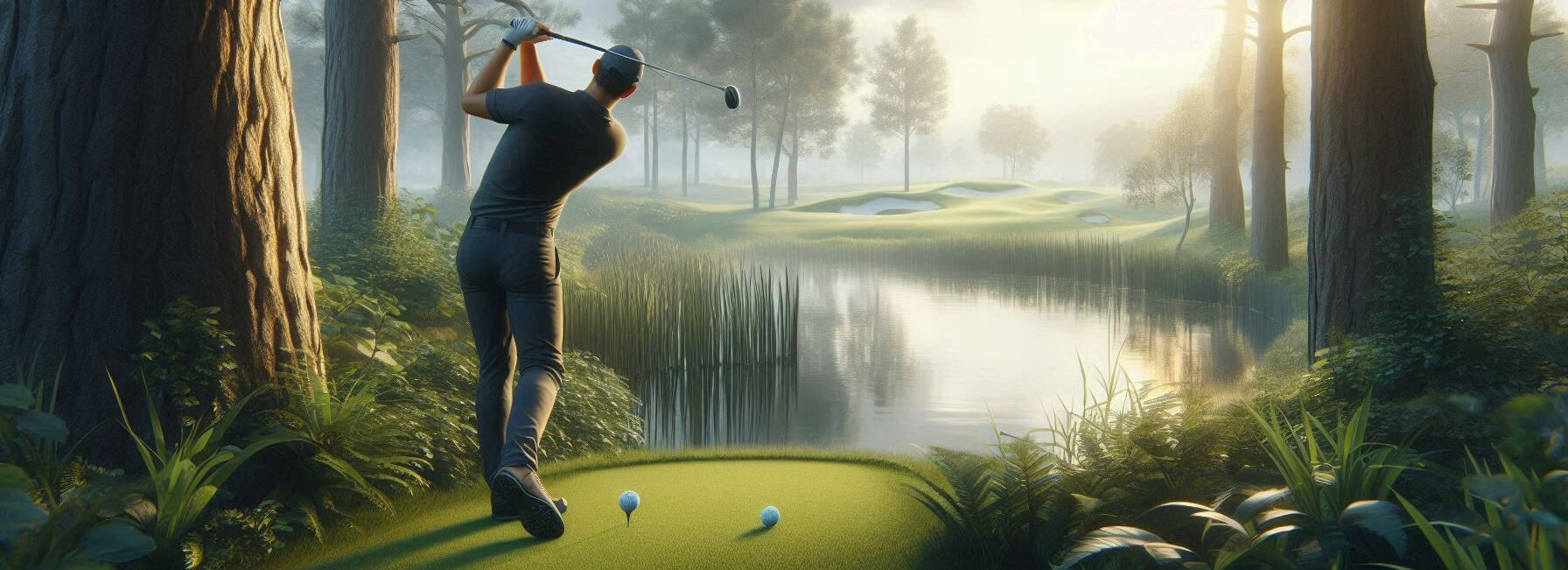
First, what are fades and draws? A fade is when the ball gradually curves to the right for right-handed golfers, and a draw is when it curves to the left.
You can influence what happens to your golf ball! Imagine being able to steer it past obstacles or land it softly on greens with hard-to-reach pins. Sounds like fun, right?
It's interesting that a lot of amateur golfers assume they can only hit straight strokes. They frequently forget how helpful shaping shots can be when they need to navigate around tight fairways or avoid trees.
I remember one time when my friend got stuck because his ball was stuck next to a tree trunk with no clear way to get to it. He was able to curve his shot around the tree and land on the green with a little bit of quick thinking and a well-executed fade. That time showed me how strong these methods can be.
Now let's talk about why every golfer needs to know how to do both shots. You will be able to do more on the course if you learn how to fade and draw. You won't simply have to rely on luck; you'll also have plans to deal with any situation.
The Mechanics of Hitting a Fade
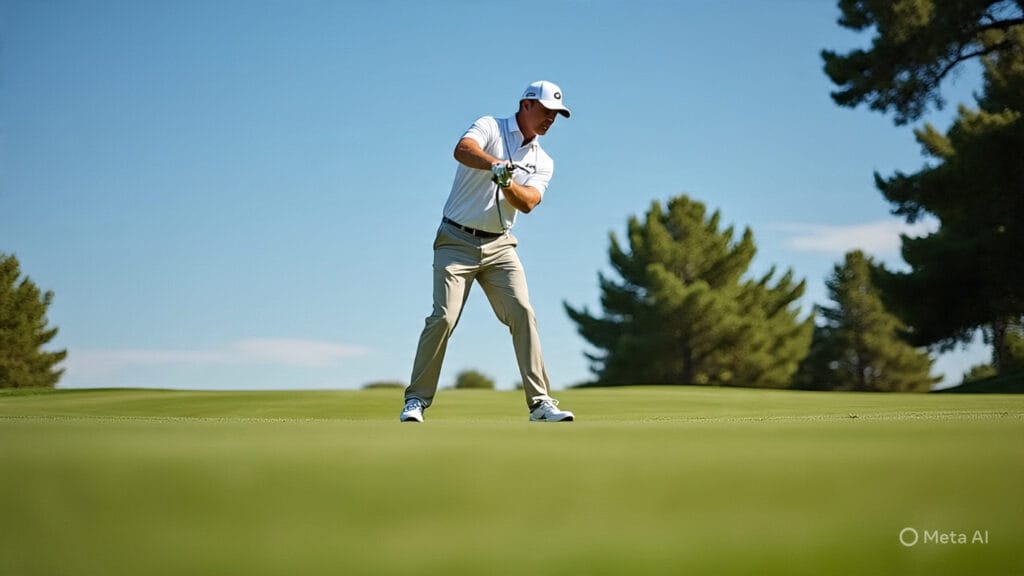
Let's get down to business: how do you really strike a fade? To be honest, it starts long before you even swing your club! The setup is really important here. Your feet should be parallel to the goal line, and you should shoot slightly to the left of that line. This will make your posture open, which will help you swing from the outside to the inside.
When you're ready to shoot, it's really important to have the appropriate grip. You wouldn't want to push a baby bird too hard if you were holding it. You should be careful with it so it doesn't get away, right? You should hold the club strongly enough to keep control, but not so tightly that you can't.
When you strike the ball, your hands should be in front of the clubhead. This is cool because it makes the ball move. It helps it bend precisely the right amount from one side to the other. You know how good golfers can make their strokes fade? That's the main thing!
If you practice this grip and swing a lot, such at the driving range or even in your own yard, you'll feel more confident. Think about how nice it would be to know exactly how to make that fade happen when you hit the ball in a real game. It feels good!
Just picture how nice it would be to make that shot and watch the ball go up in the air with that amazing curve. Your friends will be impressed, and you'll be pleased of how far you've come! So keep it up! Soon you'll know how to fade in a way that looks real!
The Art of Hitting a Draw
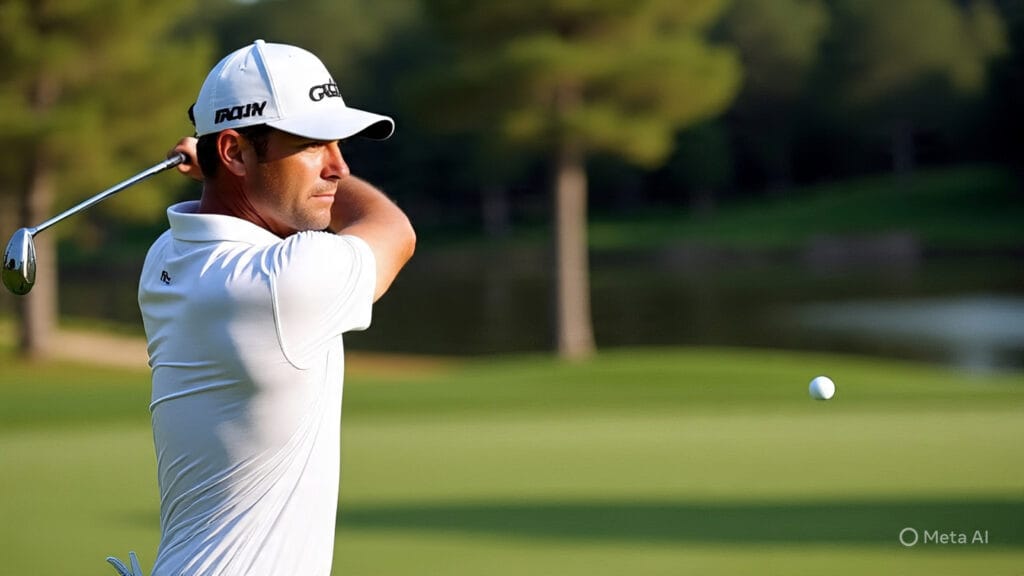
You need to make different modifications to strike a draw, and trust me, it's worth it to learn how to do it! First, line up your feet parallel again, but this time point them toward the target line and aim little to the right of where you want the ball to go.
Grip pressure is important here too, just like with fading shots. But this time we want a little more pressure so our hands can let go through impact instead of holding back!
When you try to hit that draw, pay attention to how your wrists move. Let them bend up on their own before you hit them. This little movement generates topspin, which is what makes the ball move from right to left. It's like pushing the ball in the right direction with a soft touch.
I remember a day when the wind blew. A day when you feel like you could fly away! I made up my mind to try to hit draws all afternoon. My friends were amazed that I was able to make every shot without any problems, even though the wind was trying its utmost to mess things up.
I felt so strong knowing I could control my shots even when the weather was poor. Every time I made the draw work, it seemed like a minor victory. The wind couldn't take that away from me!
Imagine standing there, feeling the wind on your face, and still hitting those shots precisely. It's so nice to be in command! If you ever have to go through tough circumstances, remember that you can get through them!
Practicing Your Shot Shapes
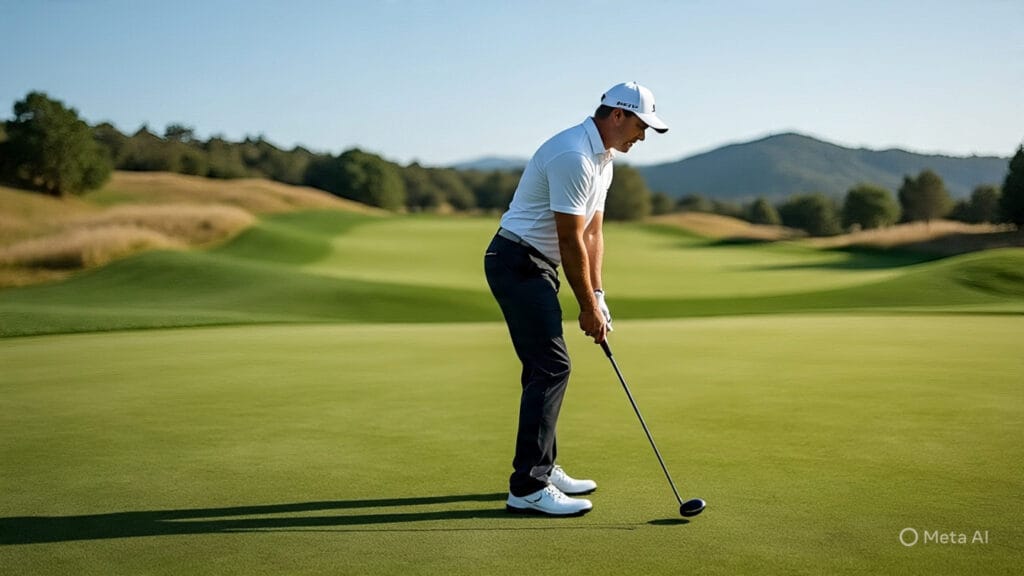
By now, you're probably thinking how to use these strategies in the best way without becoming another irritated golfer who swears under their breath after a lot of bad shots (we've all been there!). Here are some things you can do:
1. Set Aside Time for Practice: When you go to the range, set aside time to work on either fades or draws, not both at the same time.
2. Picture the path you want the ball to take: Before each swing, close your eyes for a second and picture the path you want it to go before you pull the trigger.
3. Use alignment aids: Put alignment sticks or clubs down next to the flight patterns you want to take. This helps your muscles remember how to swing in the future!
4. Keep track of your progress: Write down your wins and losses along the way. This will boost your confidence and help you figure out what works best for you.
5. Ask for Feedback: Don't be afraid to ask other players or coaches for tips; they might notice something small but important that you missed in your approach!
Putting It All Together
You have a lot more fun playing golf when you can change how you hit the ball. It's like adding a secret ingredient to a recipe you like. You know? If you learn how to hit fades and draws, you'll not only be a better player, but you'll also make the game more fun for everyone else.
Think about the times when you had trouble on the course. You might need to think outside the box to solve big problems. That's when being able to draw or fade could be quite useful. It's like having a unique golf club in your bag. You can learn new things and get better at what you already know.
Imagine a beautiful day outside with trees and birds singing all around. Doesn't it feel nice? Try out those tips for structuring shots the next time you're out there. You might learn something great about your game.
It might feel like finding a treasure chest! It's only waiting for you to locate it, and when you do, it will go out like fireworks lighting up the sky above the fairways. Picture this: you make the perfect shot and your family and friends cheer you on. That's what golf is all about!
Featured Snippet: Mastering fades and draws in golf helps players shape shots with control and creativity. By adjusting stance, grip, and swing path, golfers can curve the ball intentionally, navigate obstacles, and gain precision. Regular practice and visualization build consistency, turning shot shaping into a confident, game-enhancing skill.
Frequently Asked Questions
What is the main difference between a fade and a draw in golf?
A fade curves gently to the right for right-handed golfers, while a draw curves softly to the left.
Why should golfers learn both fades and draws?
Learning both allows golfers to navigate course obstacles, improve control, and adjust to different shot demands.
How can I hit a fade effectively?
Open your stance slightly, aim left of your target, and swing with an outside-to-inside path for a gentle fade.
What setup helps create a draw shot?
Close your stance slightly, aim right of your target, and swing from inside to outside through impact for a draw.
How does grip pressure affect shot shape?
Lighter grip pressure promotes smoother fades, while slightly firmer pressure helps produce more controlled draws.
Can visualization improve shot shaping?
Yes, visualizing your shot path before swinging helps align your body and mind for accurate, repeatable results.
How often should I practice fades and draws?
Dedicate specific range sessions weekly to practice each shot type separately for consistent improvement and confidence.
Suggested Resources:
Mastering Golf Shots: Fades & Draws
https://www.golfdigest.com/story/mastering-golf-shots-fades-draws
How To Hit a Fade and Draw
https://www.pgatour.com/news/2021/06/14/how-to-hit-a-fade-and-draw.html

Kevin Collier is an avid golfer and contributing author at AIGolfTips.com, where he shares his passion for the game through expert tips, techniques, and gear reviews. With years of experience on the course, Kevin offers valuable insights for golfers of all skill levels, helping them improve their game and maximize their potential. Whether discussing swing mechanics or the latest in golf technology, Kevin's engaging approach aims to inspire and educate fellow golf enthusiasts to elevate their performance and enjoy every moment on the green.

